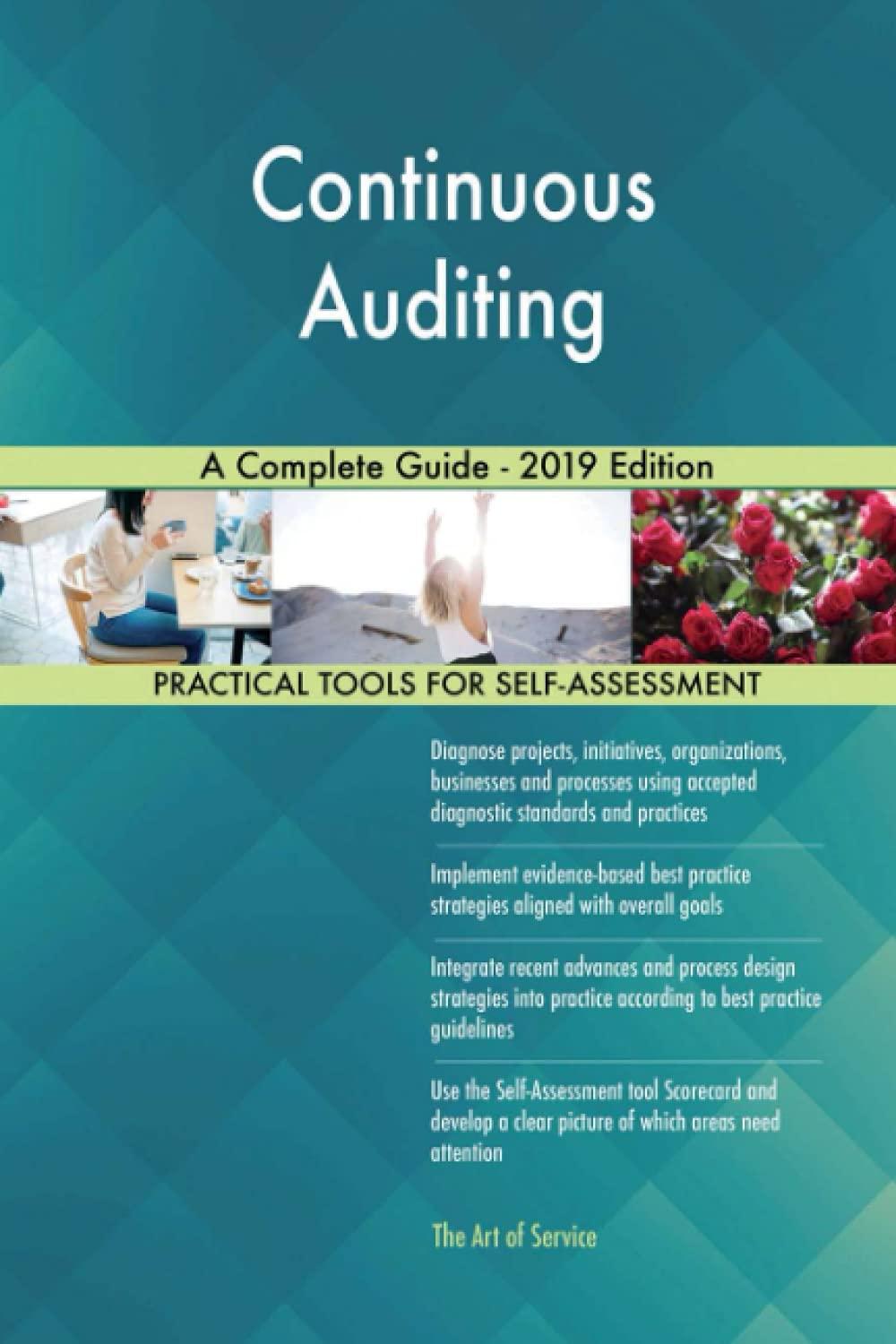


Box Springs, Inc., makes two sizes of box springs: twin and double. The direct material for the twin is $20 per unit and $40 is used in direct labor, while the direct material for the double is $35 per unit, and the labor cost is $50 per unit. Box Springs estimates it will make 5,000 twins and 10,000 doubles in the next year. It estimates the overhead for each cost pool and cost driver activities as follows: Estimated Use per Use per Activity Cost Pools Driver Overhead Twin Double Framing Square Feet of Pine $150,000 5,000 1,000 Padding Square Feet of Quilting 220,000 110,000 110,000 Filling Square Feet of Filling 300,000 450,000 300,000 Labeling Number of Boxes 250,000 850,000 400,000 Inspection Number of Inspections 190,000 13,000 6,000 How much does each unit cost to manufacture? Do not round intermediate computations but round final answers for the fields below to the nearest whole number. Total Cost per Unit Twin Double Direct Material $ 20 $ 35 Direct Labor Cost 40 50 Overhead 190.4 40 Total per Unit 125 Lampierre makes brass and gold frames. The company computed this information to decide whether to switch from the traditional allocation method to ABC: Brass Gold Units Planed 750 125 Material Moves 500 125 Machine Setups 300 450 Direct Labor Hours 800 1,200 The estimated overhead for the material cost pool is estimated as $16,250, and the estimate for the machine setup pool is $26,250. A. Calculate the allocation rate per unit of brass and per unit of gold using the traditional method? Round intermediate calculations and final answers to two decimal places. Allocation Rate per Unit Brass Gold B. Calculate the allocation rate per unit of brass and per unit of gold using the activity-based costing method? Round intermediate calculations and final answers to two decimal places. Allocation Rate per Unit Brass Gold Grainger Company produces only one product and sells that product for $110 per unit. Cost information for the product is as follows: Direct Material $16 per Unit Direct Labor $26 per Unit Variable Overhead $5 per Unit Fixed Overhead $33,500 Selling expenses are $3 per unit and are all variable. Administrative expenses of $15,000 are all fixed. Grainger produced 5,000 units; sold 4,000; and had no beginning inventory. A. Compute net income under i. Absorption Costing $ ii. Variable Costing B. Which costing method provide higher net income? By how much? The absorption costing method provided more net income by $|









